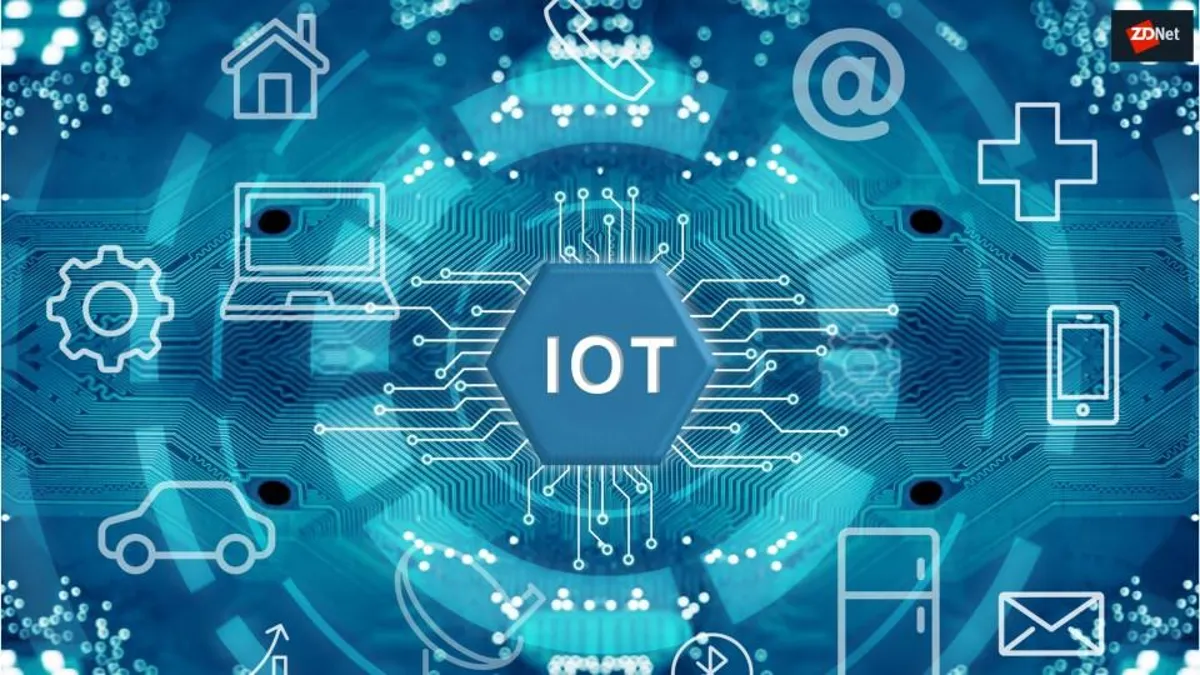The IoT has emerged as a fundamental part of today’s technology landscape, linking numerous devices and systems. This complex network enables new levels of information sharing and automation, revolutionizing various sectors from healthcare to transportation. Smart thermostats, wearable gadgets, and connected vehicles are just the beginning. While their main purpose may vary, their connection creates a cohesive system that is strong and convenient. Nevertheless, this heightened interconnectivity requires strong security protocols to safeguard confidential information and ensure the reliability of these systems. If there are no adequate security measures in place, the advantages of IoT may soon become weaknesses, putting both individuals and companies at risk of various cyber-attacks.
The Importance of IoT Security
As beneficial as IoT is, it also opens new avenues for cyber threats. The necessity for robust IoT security measures cannot be overstated. According to a study, cybercrime is predicted to cause damages worth $6 trillion annually by 2021, emphasizing the dire need for practical, secure IoT protocols. As devices become more interconnected, the potential impact of a single security breach increases exponentially. Organizations need to take a proactive stance on cybersecurity by incorporating security measures throughout the IoT implementation process to reduce risks and safeguard personal and organizational data. Neglecting to achieve this can put sensitive information at risk and potentially result in major financial losses, operational disturbances, and harm to reputation. Securing IoT systems is crucial for upholding trust and dependability in a highly interconnected world.
Common Threats to IoT Networks
IoT networks are vulnerable to numerous cyber threats. The initial step in mitigating these threats is to comprehend them.:
Malware:
Malicious software created with the intent to cause disturbance, harm, or obtain unauthorized entry. Malware can rapidly propagate across interconnected devices, leading to substantial operational disruptions and compromising entire networks. Malware can lead to a variety of negative outcomes, such as data theft or system crashes, prompting the need for strong defensive tactics.
DDoS Attacks:
Distributed Denial of Service attacks can overload networks, causing disruptions. Frequently, such attacks consist of multiple compromised devices flooding a network with information, causing service disruptions and possible financial losses. Having robust mitigation strategies is essential as DDoS attacks can cause significant harm to critical infrastructure.
Data Breaches:
Unauthorized access to data, leading to loss of sensitive information. Data breaches can result in stolen personal information, causing reputational damage and legal repercussions for the affected organizations. The fallout from a data breach can be devastating, including loss of customer trust and costly legal battles.
Best Practices for Securing IoT Devices
Implementing best practices for securing IoT devices is essential for maintaining the integrity of these networks. Here are some key strategies:
Keep firmware up to date to fix any security holes. Firmware updates frequently contain security patches that fix identified vulnerabilities, stopping potential exploitation by hackers. Ensuring the security and performance of devices is crucial, and one way to achieve this is by keeping them updated.
Implement a strong password policy. Using complex, unique passwords for each device can thwart unauthorized access and reduce the risk of breaches. It’s crucial to avoid default passwords and employ multi-factor authentication wherever possible.
Utilize network segmentation to isolate IoT devices. By creating separate network segments for IoT devices, you can limit the potential spread of malware and other threats. Network segmentation also helps contain any breaches, preventing them from affecting the entire system.
Deploy encryption to safeguard data in transit and at rest. Encryption ensures that sensitive data remains protected, even if it is intercepted during transmission or accessed without authorization. Employing robust encryption standards is essential for preserving both data privacy and integrity.
The Role of AI in IoT Security
AI transforms IoT security with predictive analytics and instantaneous threat detection. AI-powered solutions can examine large quantities of data to detect patterns and irregularities that could signal a potential security risk. businesses are currently utilizing AI technology to improve their security protocols, which makes it more difficult for hackers to infiltrate their systems. These solutions can adjust to emerging threats, offering a flexible and strong defense against cyberattacks. The capability of AI to learn and grow makes it a valuable asset in the fight against constantly evolving cyber threats, allowing organizations to outsmart malicious actors.
Future Trends in IoT Security
IoT security is undergoing rapid evolution in the future. Upcoming innovations like blockchain and edge computing are poised to have important impacts. Blockchain offers a decentralized security model, improving both data integrity and transparency. Blockchain’s capacity to generate records makes it perfect for safeguarding transactions and confirming the legitimacy of data in IoT environments.
Conversely, Edge computing moves computation and data storage nearer to where they’re required, decreasing latency and boosting security. This method reduces the transfer of confidential information over unreliable networks, providing a stronger and quicker security system. The future of IoT security will be influenced by the melding of these technologies, AI, and machine learning, bringing forth creative solutions to address the increasing risks from interconnected devices.
Final Thoughts
Security in the Internet of Things (IoT) is a crucial component of contemporary technological infrastructure. As the number of interconnected devices increases, the demand for strong security measures will also rise. By staying updated and following effective strategies, people and businesses can safeguard their networks from constantly changing cyber threats. Giving importance to security when creating and implementing IoT systems will protect data, uphold operational functionality, and build confidence in the technologies shaping our interconnected society. It is crucial to have forward-thinking and creative security protocols in place to guarantee the ongoing success and development of IoT, enabling society to enjoy its advantages while avoiding potential dangers.



































